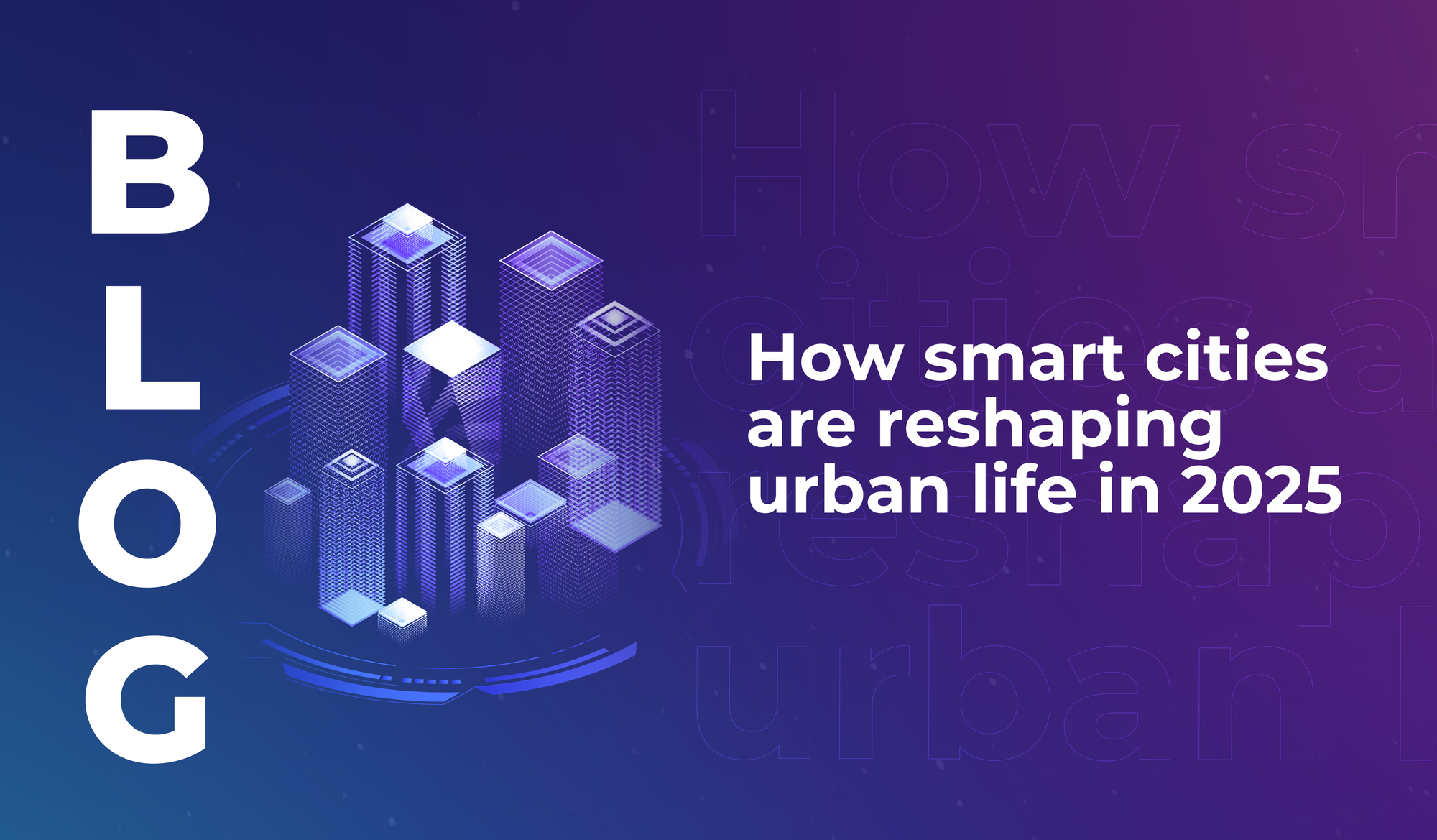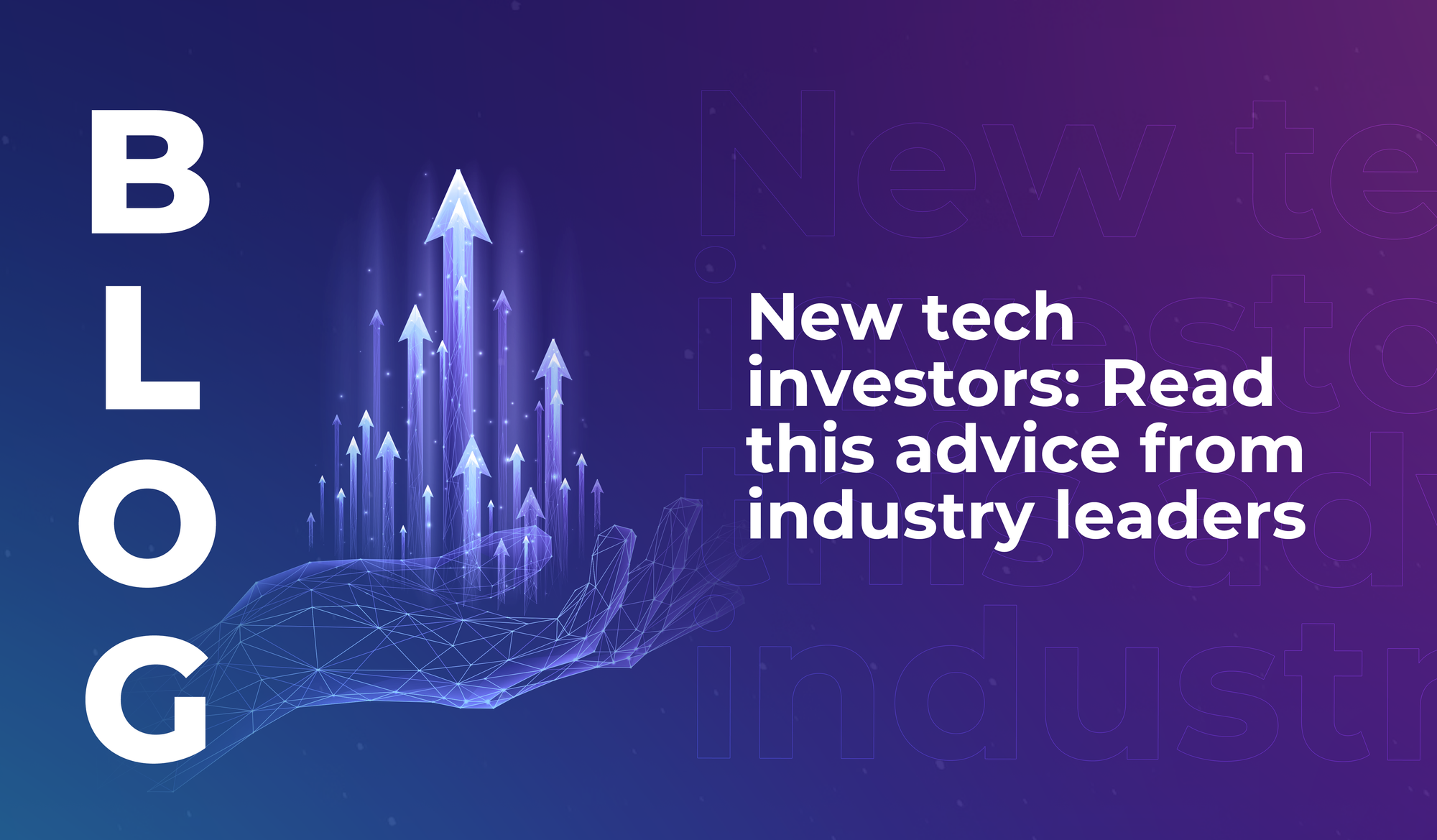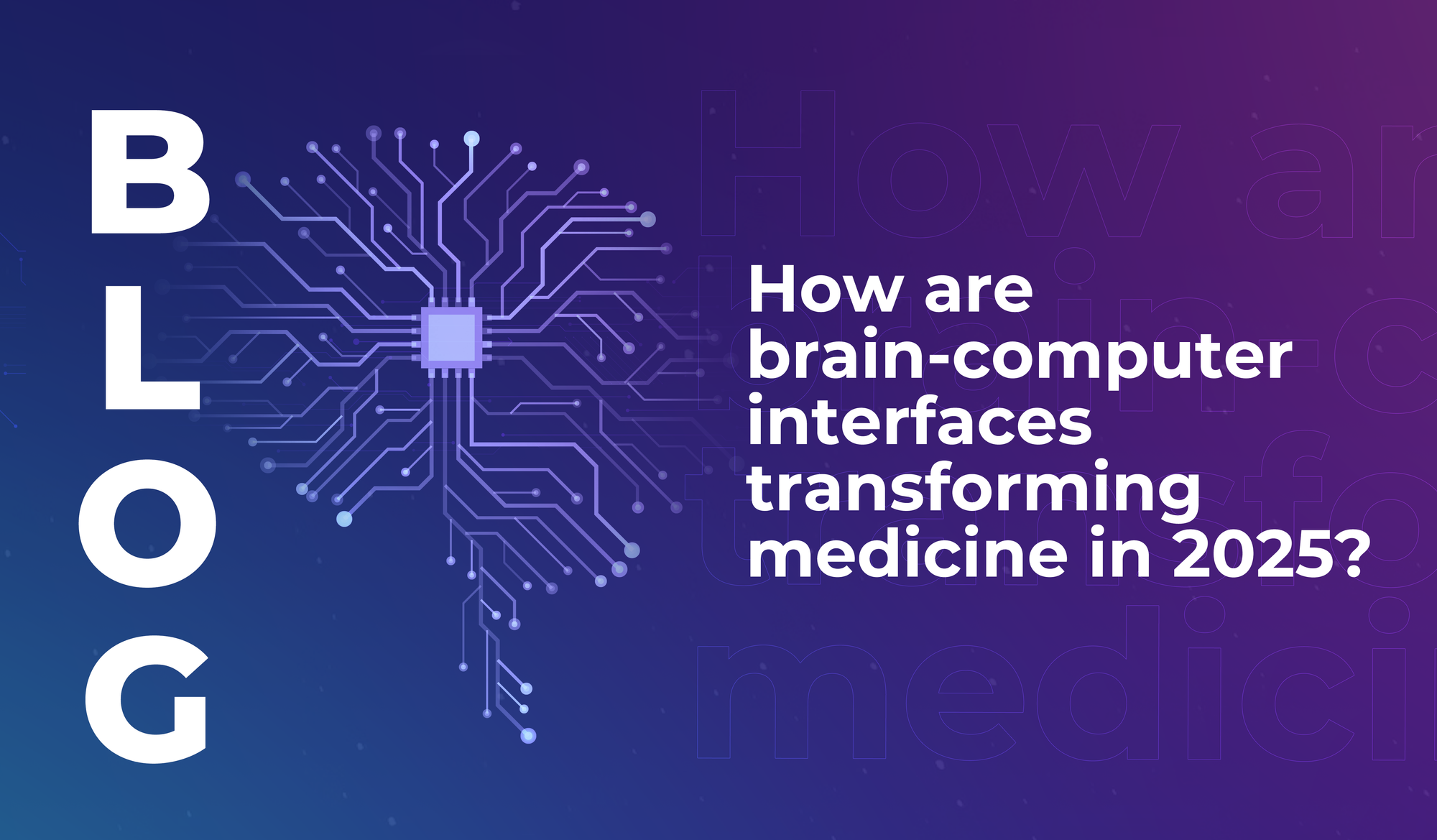
How smart cities are reshaping urban life in 2025
Discover the key drivers of positive smart city development, including collaboration, data literacy, and a sharp focus on sustainability.


Welcome to this week’s LEAP:IN newsletter. Each week, we unpack leader’s powerful quotes and decipher the tech landscape. With exclusive content from some of the world’s leading experts in AI, robotics, space, edutech, climate tech and more, read on to discover this week’s insights and subscribe to receive weekly updates direct to your inbox.
This week we’re quoting…
Jennison Asuncion (Head of Accessibility at Linkedin)
What Asuncion said:
“By all of you deciding to intentionally join this accessibility revolution…You’re making sure that all of us, the more than one billion of us who happen to have a disability or impairment, you’re making sure that we also have this opportunity that everyone else does to benefit from technology. From the perspective of thriving in society, finding employment, and being creators and co-creators of technology, and being able to take advantage of all the opportunities that are out there.”
Assistive tech is a right, not a perk
In 2020 Forbes published this article which stated that assistive technology is a human right for those with disabilities. It should not just be an employment perk. Assistive tech can be totally life-changing, and yet the technology itself isn’t easily accessible because it’s often really expensive.
Software like ZoomText and JAWS for visually impaired users, for example, is routinely priced upwards of USD $400, and free access is only available to those who need it for their job or education.
A report by the Business Disability Forum detailed the results of in-depth interviews with assistive tech and IT specialists, individuals who use the tech, occupational psychologists, and inclusion leaders. And one unexpected outcome of those interviews was the reflection that assistive tech shouldn’t just be provided to support people in work and school — it should be provided regardless of employment or education status.
Because everyone should have access to technology that improves their lives.
So people with disabilities and impairments need to be involved in the conversation
We were glad to welcome Asuncion at #LEAP22 to share his perspective. But we know there’s much more to be done — it needs to become the norm for tech companies to connect with people who can make the development of accessibility tech more relevant to those who actually use it.
Disabled people, and people with impairments, need to be involved in the conversation. But in order for that to happen, the tech industry needs to expand its inclusion of this segment across all job types and levels — so that the conversation is active and ongoing. Disabled people must be given access to (and encouraged to accept access to) more jobs in tech.
Accessibility issues for people with disabilities when it comes to actually working in tech include the expectation of long hours and extended periods of concentrated work (because adequate physical and mental rest for many people with disabilities or impairments is not a nice-to-have, but a necessity).
Words from a recruitment expert…
Susan Scheer (CEO of the Institute for Career Development) wrote in 2021:
“We need to move away from the idea that people with disabilities are lacking something and recognize that they are adding something. As the pandemic has taught us, employees who have experience tackling great challenges without being daunted by them have much to teach us all. Even the greatest technology can benefit from that kind of drive and determination.”
We couldn’t agree more.
Watch the video: Jennison Asuncion on the digital accessibility revolution
And…
Maryliz Bender (Founder of Cosmic Perspective)
What Bender said:
“When astronauts see our planet hanging in the void of space for the first time, they come back incredibly changed by this experience. They return humanitarians, when they see the obvious fact that we share one planet together, and we share one same future and fate. They return conservationists when they see the fragility of our atmosphere. And they return artists, desperate to share their new perspective with the rest of us on the planet, because they feel so privileged to have seen it.”
What astronauts say
Astronauts returning from space have described the ‘overview effect’ in loads of different ways.
Like…
And we have to include William Shatner
After the Star Trek actor took an 11 minute trip into space in the Blue Origin rocket last year, he said,
“Everybody in the world needs to do this. Everybody in the world needs to see. It was unbelievable. Unbelievable. I mean, the little things, the weightlessness. But to see the blue color go whip by, and now you’re staring into blackness. That’s the thing. The covering of blue is this sheet, this blanket, this comforter of blue that we have around. We think, “Oh, that’s just blue sky.” And there’s something you shoot through, and all of a sudden, as though you whip a sheet off you when you’re asleep, and you’re looking into blackness, into black ugliness. And you look down. There’s the blue down there and the black up there. And there is mother Earth and comfort. And up there… Is that death? I don’t know.”
Does this feeling last?
It sounds amazing — but it brings up the question of whether or not the overview effect has a lasting impact on how astronauts choose to live their lives. And the answer is yes: astronauts really do become humanitarians, conservationists, and artists.
Here are just a few examples:
In short, if we could bottle the overview effect so everyone could experience it, the world would probably be a better place.

Discover the key drivers of positive smart city development, including collaboration, data literacy, and a sharp focus on sustainability.

Some of the most experienced tech investors in the world share their insights and advice to help new investors on their path to success.

Discover how brain-computer interfaces (BCIs) are creating new possibilities in healthcare and medicine.

Discover the key drivers of positive smart city development, including collaboration, data literacy, and a sharp focus on sustainability.

Some of the most experienced tech investors in the world share their insights and advice to help new investors on their path to success.

Discover how brain-computer interfaces (BCIs) are creating new possibilities in healthcare and medicine.